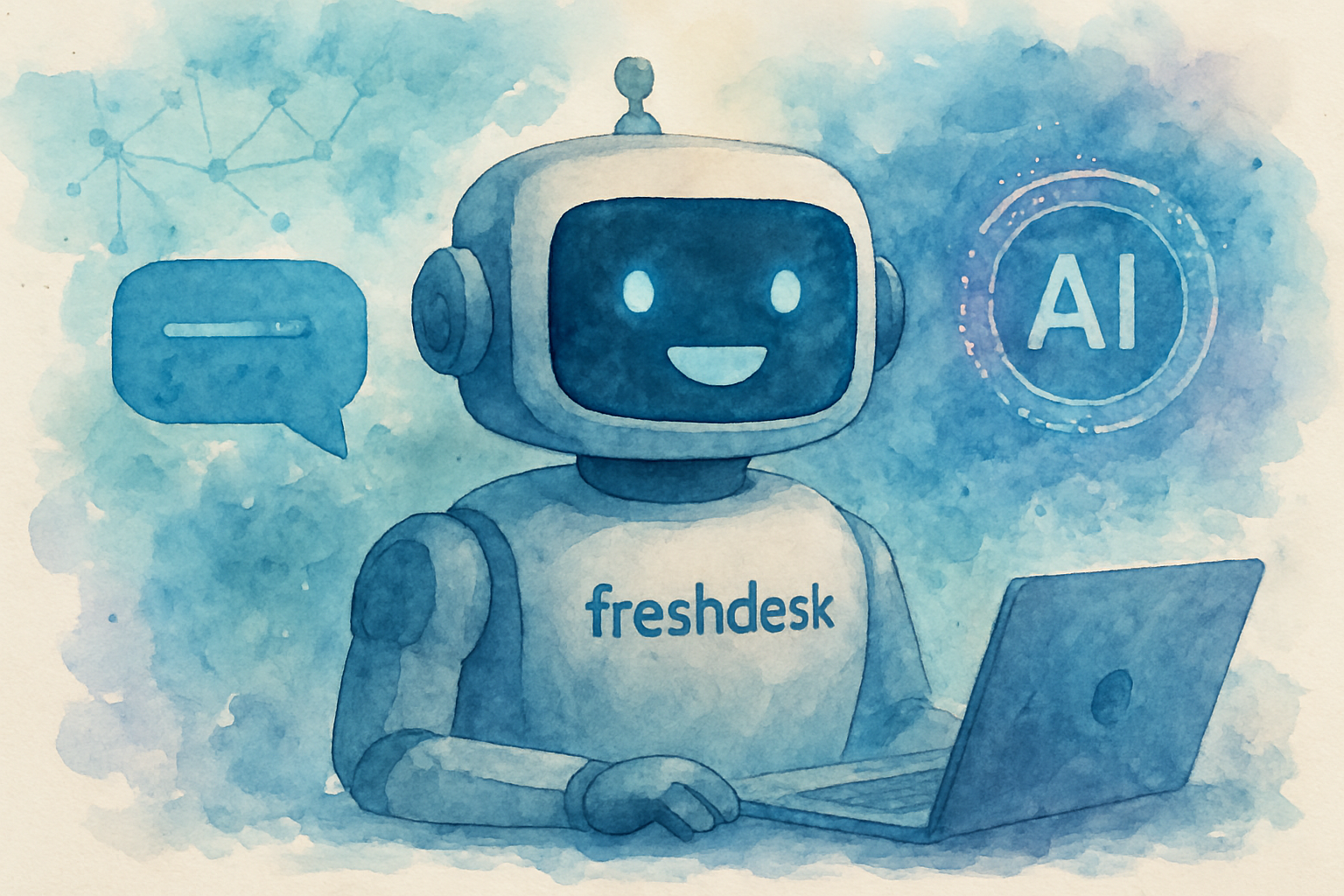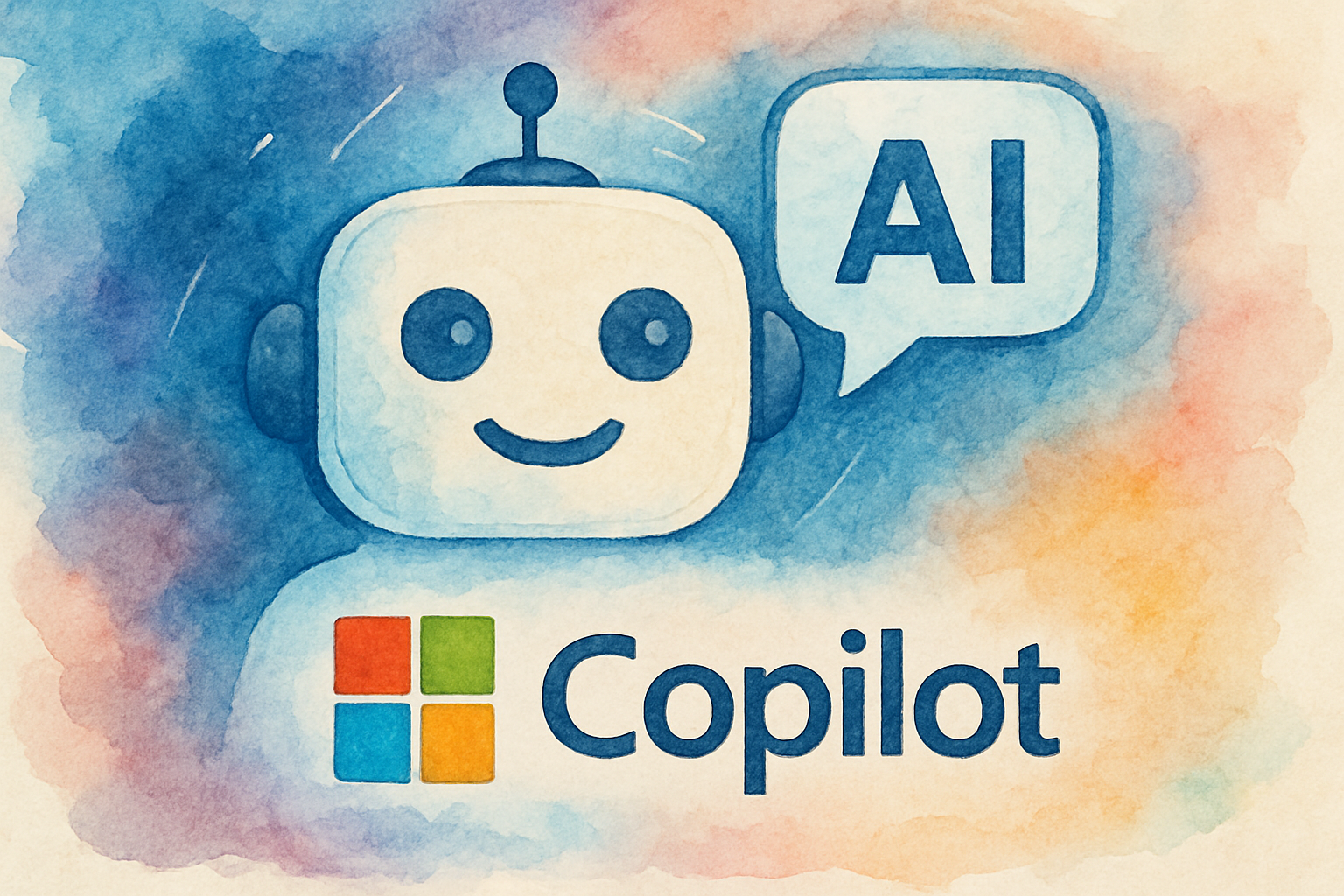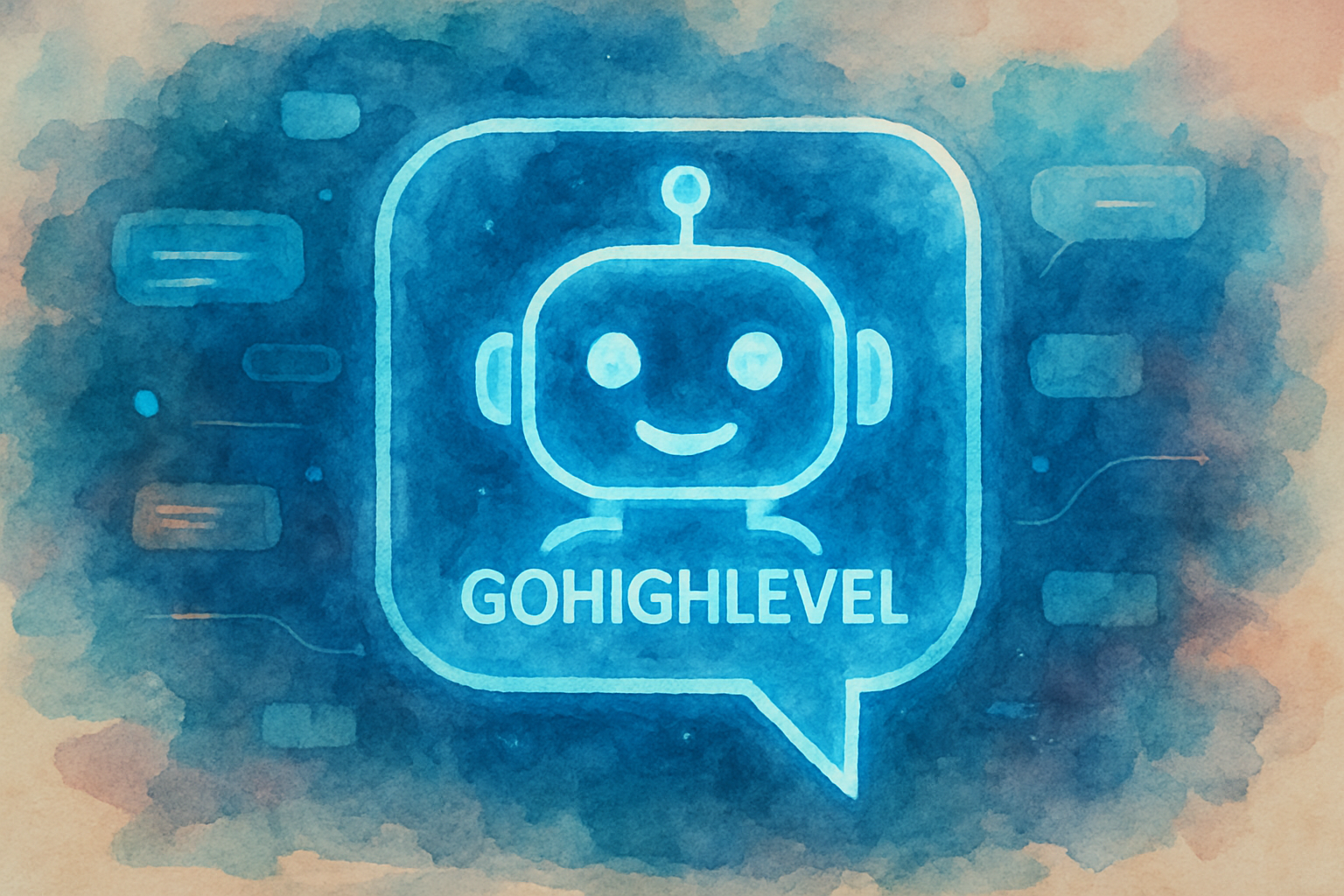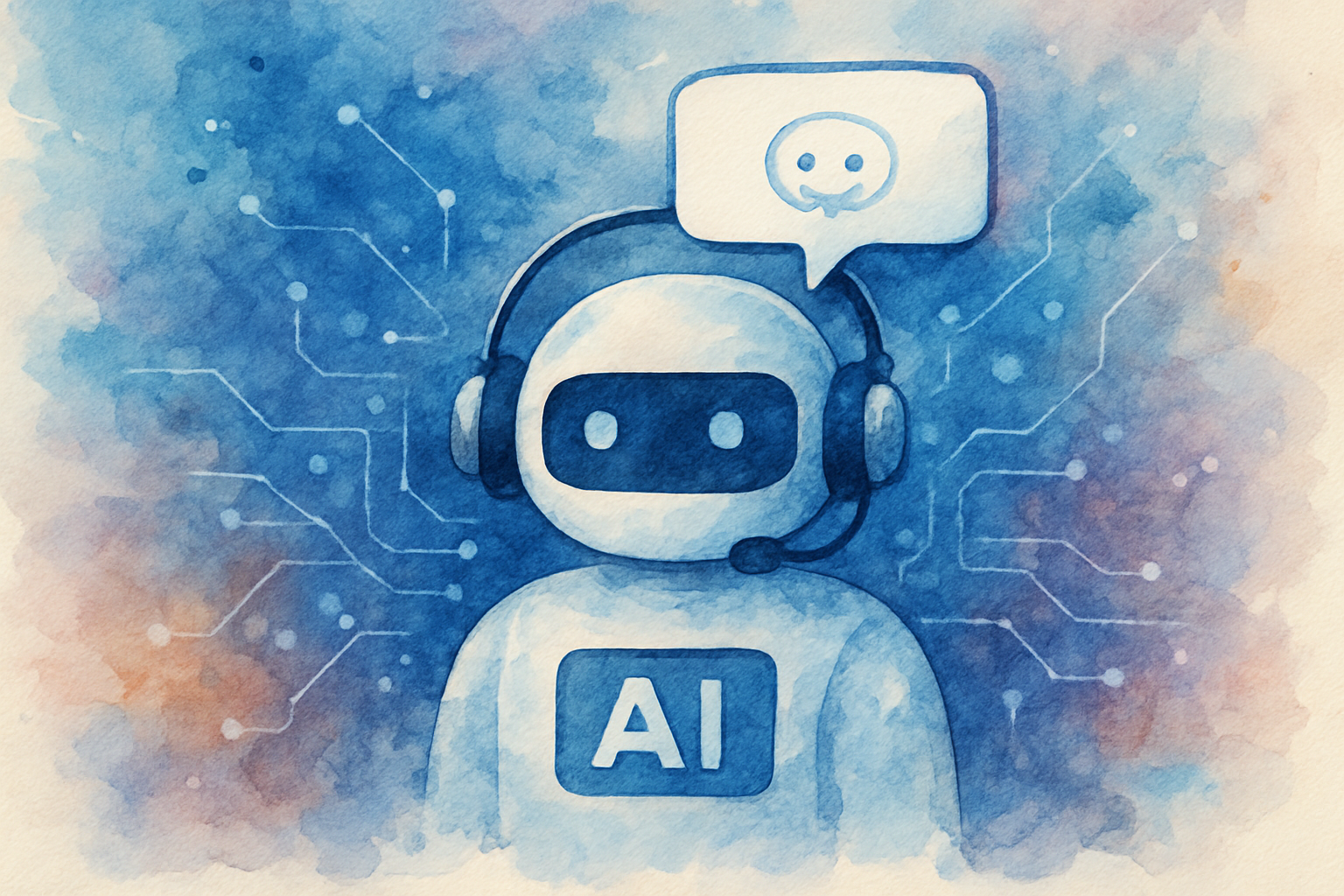Ease Your Business with an Internal AI Chatbot: Streamline Operations With 1 System
In today’s fast-paced business world, staying ahead of the competition means embracing cutting-edge technologies that can streamline operations and enhance customer experiences. Enter the internal AI chatbot – a powerful tool that’s revolutionising the way companies operate and interact with their customers.
This comprehensive guide will explore the world of internal AI chatbots, delving into their benefits, implementation strategies, and potential challenges. We’ll provide you with actionable insights to help you harness the power of this technology and transform your business operations.
1. Understanding Internal AI Chatbots: The Game-Changer for Modern Businesses
Before we dive into the nitty-gritty details, let’s start by defining what an internal AI chatbot is and why it’s becoming increasingly crucial for businesses across industries.
1.1 What is an Internal AI Chatbot?
An internal AI chatbot is an artificial intelligence-powered conversational agent designed to assist employees and streamline internal processes within an organisation. Unlike customer-facing chatbots, internal AI chatbots focus on improving efficiency, productivity, and communication within the company itself.
1.2 The Rising Importance of Internal AI Chatbots
As businesses continue to evolve in the digital age, the need for efficient, automated solutions has never been greater. It offering numerous benefits such as:
- Improved employee productivity
- Streamlined internal communication
- Enhanced knowledge management
- Reduced operational costs
- Faster decision-making processes
1.3 Key Features of an Effective AI Chatbot
To truly harness the power of it, it’s essential to understand its core features:
- Natural Language Processing (NLP) capabilities
- Machine Learning algorithms for continuous improvement
- Integration with existing enterprise systems
- Multi-channel accessibility (desktop, mobile, messaging platforms)
- Customisable responses and workflows
2. The Game-Changing Benefits of Implementing AI
Now that we’ve laid the groundwork, let’s explore the transformative benefits that AI can bring to your organisation.
2.1 Supercharge Employee Productivity
One of the most significant advantages of the implementation is the dramatic boost in employee productivity. By automating routine tasks and providing instant access to information, chatbots free up your team’s time to focus on more strategic, high-value activities.
2.2 Streamline Internal Communication and Knowledge Sharing
It serves as a centralised hubs for information, facilitating seamless communication and knowledge sharing across departments. This leads to:
- Reduced email overload
- Faster resolution of internal queries
- Improved collaboration between teams
- Consistent and up-to-date information dissemination
2.3 Enhance Employee Onboarding and Training
Leveraging an internal AI chatbot can revolutionise your onboarding and training processes by:
- Providing 24/7 access to training materials and resources
- Offering personalised learning experiences
- Automating routine onboarding tasks
- Facilitating continuous learning and skill development
2.4 Optimise IT Support and Help Desk Operations
It can significantly reduce the burden on your IT support team by:
- Handling common IT queries and troubleshooting
- Automating password resets and account management
- Escalating complex issues to human agents when necessary
- Providing 24/7 support availability
3. Implementing an Internal AI Chatbot: A Step-by-Step Guide
Ready to bring an internal AI chatbot into your organisation? Follow this comprehensive guide to ensure a smooth and successful implementation.
3.1 Define Your Objectives and Use Cases
Begin by clearly outlining your goals and identifying specific use cases. Consider areas such as:
- HR processes (leave management, benefits enquiries)
- IT support and troubleshooting
- Sales and marketing assistance
- Finance and expense management
- Project management and collaboration
3.2 Choose the Right AI Chatbot Platform
Select a chatbot platform that aligns with your organisation’s needs and technical requirements. Consider factors such as:
- Scalability and flexibility
- Integration capabilities with existing systems
- Natural Language Processing capabilities
- Customisation options
- Analytics and reporting features
3.3 Design Your Chatbot’s Conversation Flow
Create a logical and intuitive conversation flow for your internal AI chatbot, ensuring it can handle a wide range of queries and scenarios. Key considerations include:
- Defining intents and entities
- Creating dialogue trees
- Implementing fallback mechanisms
- Designing appropriate responses and actions
3.4 Train and Test Your Chatbot
Thoroughly train your internal AI chatbot using relevant data and test it rigorously before deployment. This process should involve:
- Providing diverse training data
- Conducting extensive user testing
- Refining responses and workflows
- Implementing continuous learning mechanisms
3.5 Deploy and Monitor Your Chatbot
Once your internal AI chatbot is ready, deploy it across your organisation and establish a monitoring system to track its performance. Key metrics to monitor include:
- User engagement and satisfaction
- Query resolution rates
- Response accuracy
- Time saved and productivity gains
4. Overcoming Challenges in Internal AI Chatbot Implementation
While the benefits of internal AI chatbots are substantial, it’s essential to be aware of potential challenges and how to address them.
4.1 Ensuring Data Security and Privacy
Implement robust security measures to protect sensitive company information accessed by your internal AI chatbot. This includes:
- Encrypting data transmissions
- Implementing multi-factor authentication
- Regularly updating security protocols
- Conducting security audits
4.2 Managing Employee Adoption and Change
Encourage widespread adoption of your internal AI chatbot by:
- Providing comprehensive training and support
- Highlighting the benefits and time-saving potential
- Addressing concerns and misconceptions
- Celebrating success stories and wins
4.3 Maintaining and Updating Your Chatbot
Ensure your internal AI chatbot remains effective and relevant by:
- Regularly updating its knowledge base
- Implementing continuous learning algorithms
- Soliciting and acting on user feedback
- Staying abreast of AI and NLP advancements
Conclusion: Embrace the Future with AI
As we’ve explored throughout this article, internal AI chatbots have the potential to revolutionise the way your business operates, boosting productivity, streamlining communication, and enhancing overall efficiency. By implementing an internal AI chatbot, you’re not just adopting a new technology – you’re investing in the future of your organisation.
From improving employee productivity to optimising IT support and facilitating seamless knowledge sharing, the benefits of internal AI chatbots are too significant to ignore. As you embark on your journey to implement this game-changing technology, remember to focus on your specific objectives, choose the right platform, and continuously refine and improve your chatbot’s performance.
Are you ready to take your business to the next level with an internal AI chatbot? Don’t let this opportunity pass you by. Contact The Crunch today to schedule a free consultation and discover how we can help you harness the power of AI to transform your business operations. Get your free proposal now!
FAQs about Internal AI Chatbots
Q1: How much does it cost to implement an internal AI chatbot?
A1: The cost of implementing an internal AI chatbot can vary widely depending on factors such as the complexity of your requirements, the chosen platform, and the scale of deployment. Some solutions start from a few hundred pounds per month, while more sophisticated, custom-built chatbots can cost tens of thousands of pounds. It’s best to consult with AI chatbot providers to get accurate pricing for your specific needs.
Q2: How long does it take to implement an internal AI chatbot?
A2: The implementation timeline for an internal AI chatbot can range from a few weeks to several months, depending on the complexity of the project and the readiness of your organisation. A basic chatbot with limited functionality can be set up in 4-6 weeks, while a more comprehensive solution integrated with multiple systems may take 3-6 months or more.
Q3: Can an internal AI chatbot integrate with our existing enterprise systems?
A3: Yes, most modern internal AI chatbot platforms are designed to integrate with a wide range of enterprise systems, including CRM software, HR management systems, and IT service management tools. This integration capability is crucial for ensuring seamless data flow and maximising the chatbot’s effectiveness within your organisation.
Q4: How do we measure the ROI of an internal AI chatbot?
A4: To measure the ROI of your internal AI chatbot, consider factors such as:
- Time saved on routine tasks and queries
- Reduction in support ticket volume
- Improved employee satisfaction and productivity
- Decreased onboarding and training costs
- Reduction in errors and inconsistencies in information dissemination
Quantify these benefits and compare them with the chatbot’s implementation and maintenance costs to determine your ROI.
Q5: How can we ensure and continues to improve over time?
A5: To ensure the continuous improvement:
- Implement machine learning algorithms for ongoing learning
- Regularly analyse user interactions and feedback
- Update the chatbot’s knowledge base with new information
- Conduct periodic reviews and optimisation of conversation flows
- Stay informed about advancements in AI and NLP technologies
By focusing on these areas, you can ensure your internal AI chatbot remains effective and continues to deliver value to your organisation.










